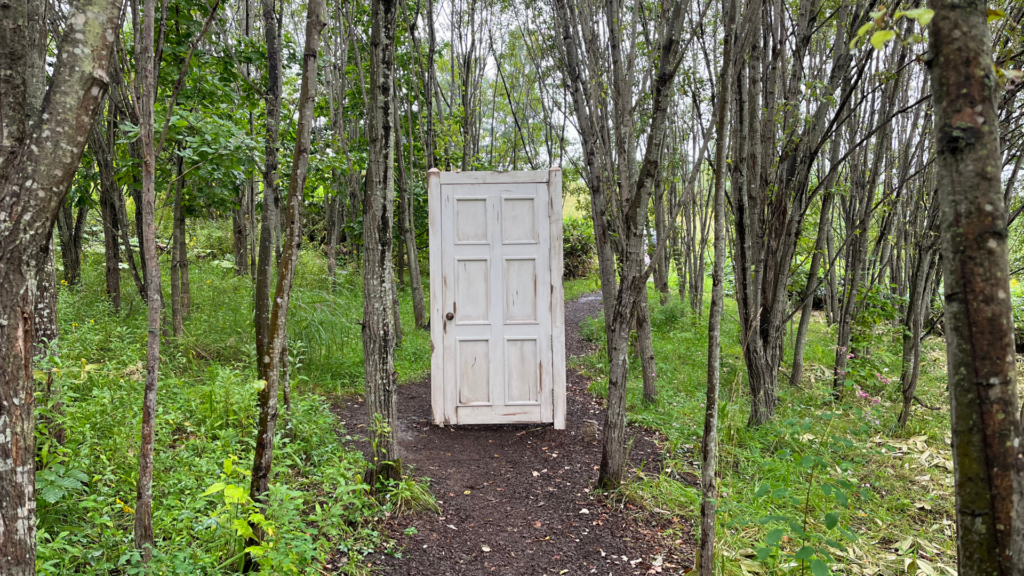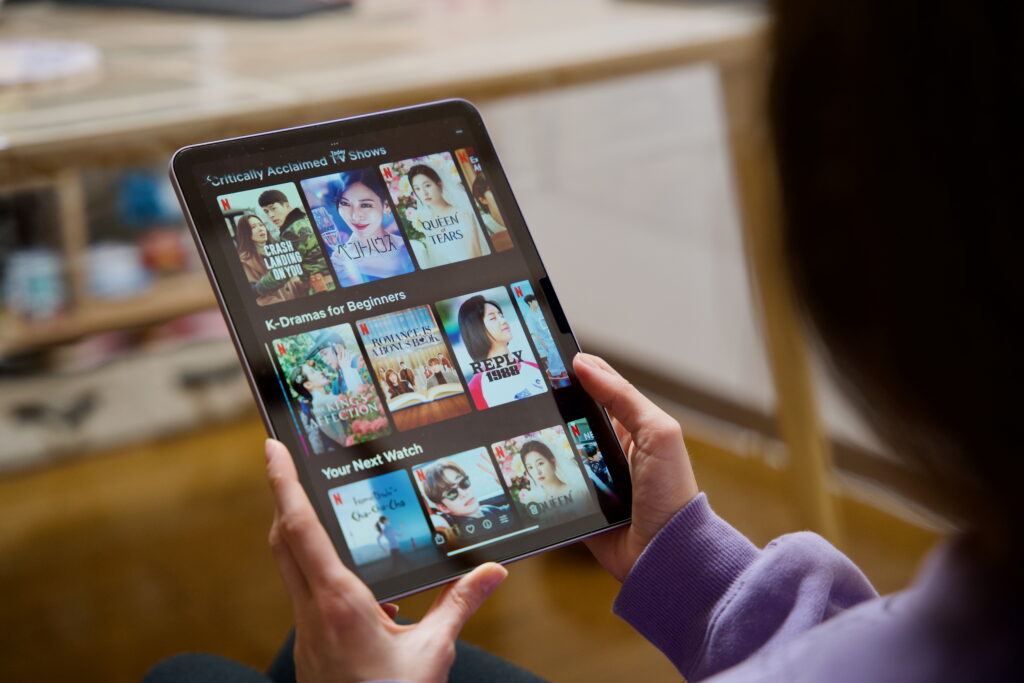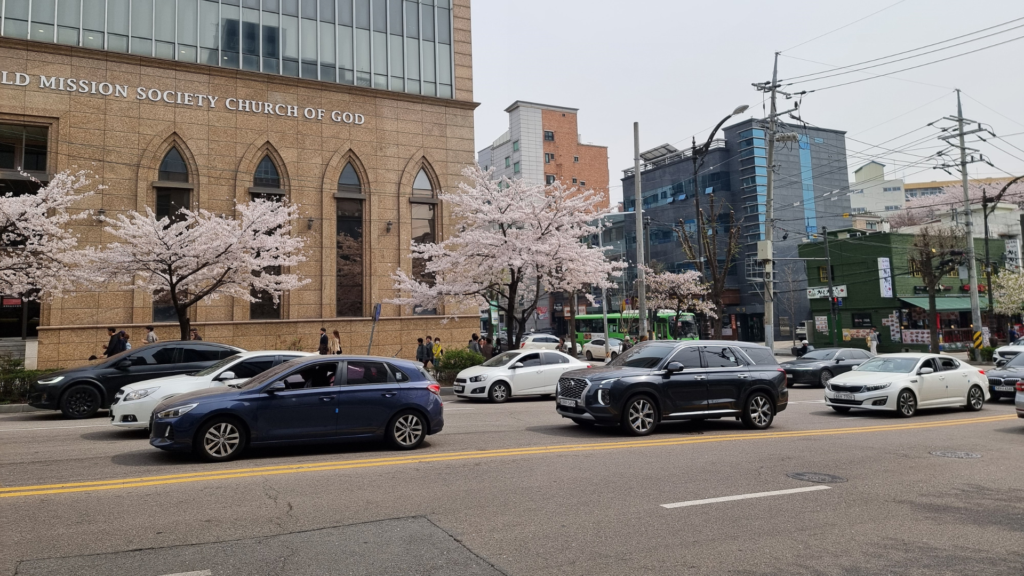Last updated on June 2024.
If you decide to live in Korea for study or work, you may need to open a bank account at some point. A Korean bank account is certainly useful for making payments and transactions, but also for receiving money, especially when you start working.
In this article we explain how to open a bank account in Korea.
Who can open a bank account in Korea?
First of all, let’s see who should open a bank account in Korea.
If you will be traveling for a short period of time, you will most likely not need a bank account in Korea and you will only need a credit card (travel rewards card or a credit card that can be used overseas) or cash in Korean won.
However, if you are staying in Korea for 2-3 months to study and attend a language course, having your own Korean bank account may come in handy. Schools only refund or accept payment by bank transfer, so you will need to have your own account in place. You can easily open an account even if you are not a long-term resident, and you will only need to show your passport.
And, of course, you will need to open a bank account in Korea if you plan to study for at least one semester on a student visa. In this case, the school itself will probably ask you to open a Korean bank account.
What does it take to open a bank account in Korea?
If you are studying at a Korean university, such as those listed on our website, you can open a bank account in Korea directly with the university’s on-campus bank. Generally, these banks will have staff who speak English, as well as Korean and other languages to fully support international students.
The documents you will need to open the account are:
- Passport
- Visa (if it’s on your passport, you can show that page)
- Korean Residence Card, if you are in Korea on a student and not tourist visa
- Korean phone number (to contact you in case of need)
- Employment contract (if you are working part-time or full-time at the time of the procedure; if you are a student, the school should issue you a certificate of enrollment)
In addition to these documents, the Korean bank will ask you to fill in the application form and then you are done! You will receive your check card (debit card), or rechargeable card from the bank that can be used in ATMs, together with your passbook.
We recommend that you only take your check card with you for purchases or withdrawals. Leave your passbook at home if you don’t want to risk losing or ruining it.
Remember to ask about online banking (in Korean, they call it “internet banking”), and make sure that it also offers an English service, as well as mobile apps for fast and secure transactions. If you would like a transportation function (T-money function card which you can tap to pay for the bus and/or subway fee) for your card, please ask for a 후불교통 기능 (post-paid transportation function) for your check card. Generally, there may be some fees for this service so it would be a great idea to bring some cash(up to 50,000KRW just in case).

Main Korean banks
The variety of banks in Korea is numerous, but we would like to recommend the three main foreign-friendly banks, which also offer service and support in English. These are:
You can find the ATMs of these three major banks anywhere in Korea, and particularly in large cities such as Seoul and Busan. ATMs are open until midnight, but you can also find ATMs open 24 hours a day, and transaction fees are usually free. Otherwise you can withdraw cash from ATMs in convenience stores at any time.
We hope you found this guide to opening a bank account in Korea useful. Also, read our article on words used in banks to help you communicate properly when you’re there.
For more tips and information on life in Korea, keep following our blog, Instagram and TikTok channels.
















